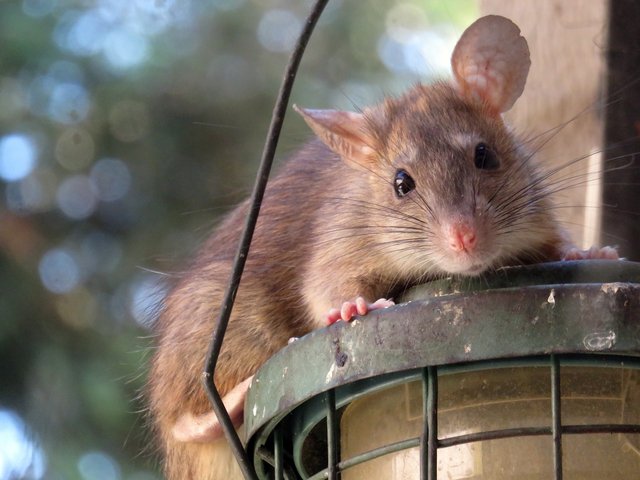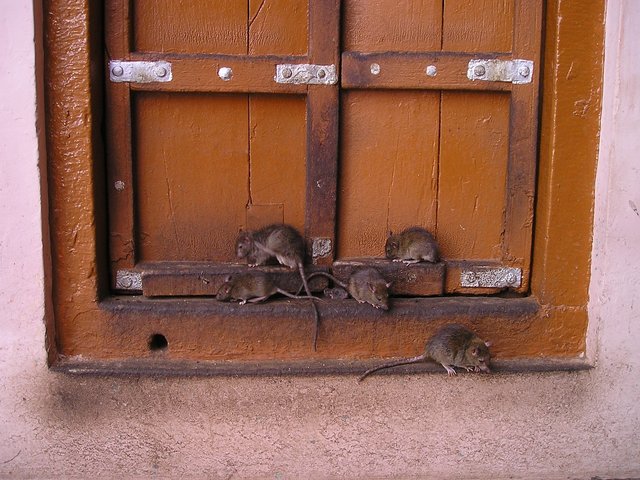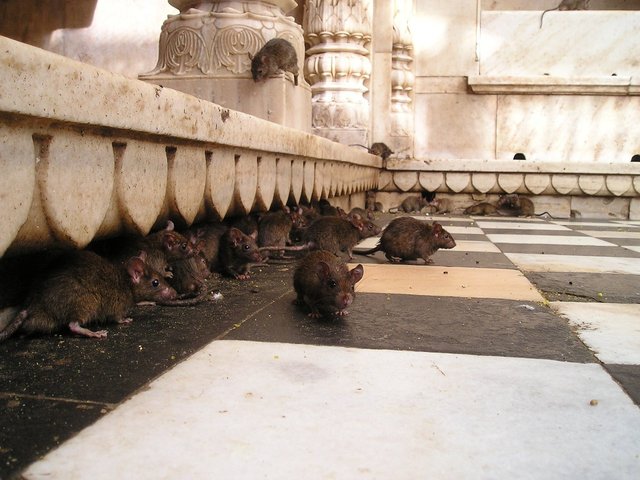Rats and things you should know about them

Mice, small furry animals often considered pests, actually have an important presence in ecosystems and human history. They belong to the Siswaae family and are nocturnal mammals that are widespread throughout the world, except in Antarctica. Rats have common physical characteristics such as small bodies, long tails, sharp teeth that continually grow, and large eyes that aid in night vision.
Ecologically, mice play an important role as predators low in the food chain. They eat a variety of foodstuffs, including seeds, fruit, and other organic remains. As herbivores, they help control wild plant populations and influence the composition of vegetation in their habitats. Additionally, mice are also prey for predators such as birds of prey, snakes and other mammals, maintaining the balance of the ecosystem in this way.

However, on the other hand, mice are often considered pests because of their ability to damage plants and spread disease. They can infect humans with various diseases through their urine and feces, including leptospirosis, salmonellosis, and various types of stomach fever. Therefore, control of rat populations in residential and agricultural areas is important for human health and agriculture.
Human history has been closely linked to mice since ancient times. The house mouse (Rattus norvegicus) and the black rat (Rattus rattus) have been permanent residents of cities since ancient Egypt and the Roman Empire. They proved to be the main vector in the spread of deadly plagues such as the Plague Plague and the Bubonic Plague which claimed millions of lives during the Middle Ages in Europe. The outbreak caused dramatic changes in Europe's demographics and social structure, and prompted the development of better hygiene and sanitation practices.
Culturally, rats have appeared in various folklore and mythologies around the world. They are often depicted as symbols of ingenuity (for example, in the story "The Town Mouse and the Country Mouse" from Aesop's Fables) or as detrimental nuisances (as in the story "The Pied Piper of Hamelin"). Mice are also frequently used in laboratory experiments due to their biological similarities to humans, making them an important model in biomedical research.

In a modern context, mice are also the subject of research in behavioral science and neuroscience. Studies of social behavior, learning, and decision making often use mice as models for understanding human brain function and mental disorders.
Overall, although rats are often viewed as pests, they have played an important role in natural ecosystems and human history. Understanding their behavior, ecology and significance helps us better manage human-rat interactions, minimizing health risks and environmental damage, while preserving the uniqueness and complexity of the universe in which we live.
Thank you, friend!


I'm @steem.history, who is steem witness.
Thank you for witnessvoting for me.
please click it!
(Go to https://steemit.com/~witnesses and type fbslo at the bottom of the page)
The weight is reduced because of the lack of Voting Power. If you vote for me as a witness, you can get my little vote.
Upvoted. Thank You for sending some of your rewards to @null. It will make Steem stronger.